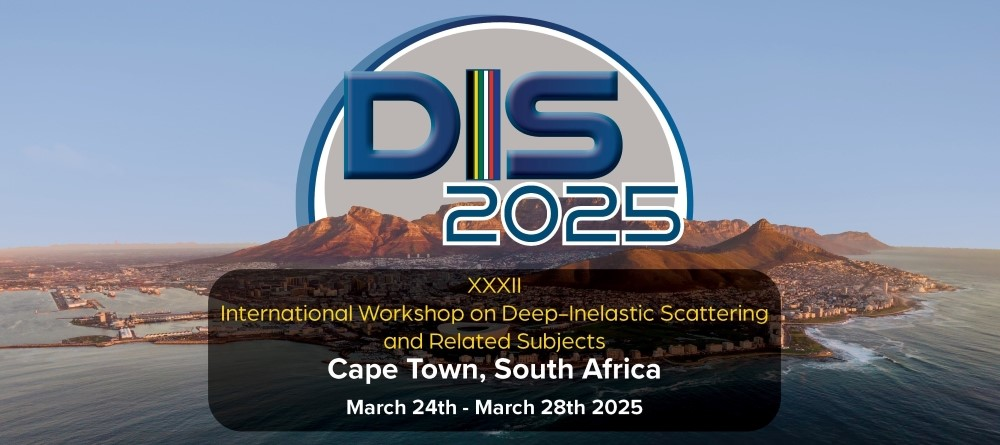Speaker
Description
The measurement of dijets in proton-lead collisions at the LHC offers unique possibilities for investigating both nuclear and nucleon initial state effects as a function of parton scattering kinematics. In particular, color fluctuation effects can significantly alter the average interaction strength of the proton, affecting the number of nucleon-nucleon interactions with the Pb nucleus and, therefore, the event activity. Both event activity and break-up neutrons, detected by Zero Degree Calorimeters, are common estimators used to assess the geometry of the p+Pb collision. This talk presents recent results obtained through the analysis of dijet events in $\sqrt{s_{\mathrm{NN}}} = 8.16$ TeV \textit{p}+Pb data collected by ATLAS in 2016. ATLAS has measured the sensitivity of both forward transverse energy and zero-degree spectator neutron energy to changes in the Bjorken-$x$ of the parton originating from the proton ($x_p$) in the hard-scattering. Both of these estimators exhibit a systematic negative bias in events characterized by a high $x_p$, although the spectator neutron energy is found to be much less sensitive to these selections than the forward transverse energy. By measuring geometry estimators in well-separated regions of rapidity, this result can provide complementary constraints for color fluctuation modeling. Furthermore, the spectator neutron energy is a novel observable that reflects the number of wounded nucleons and the dynamics of nuclear evaporation.
